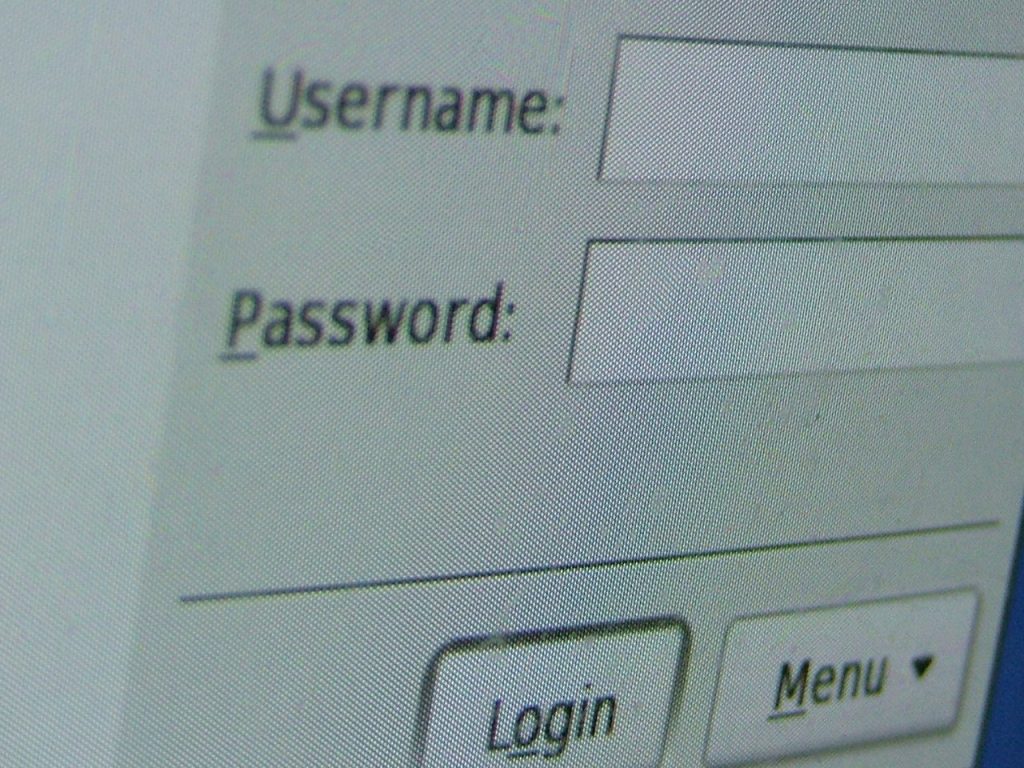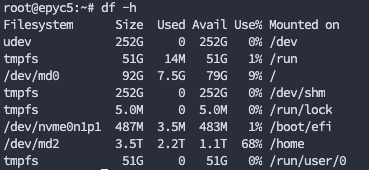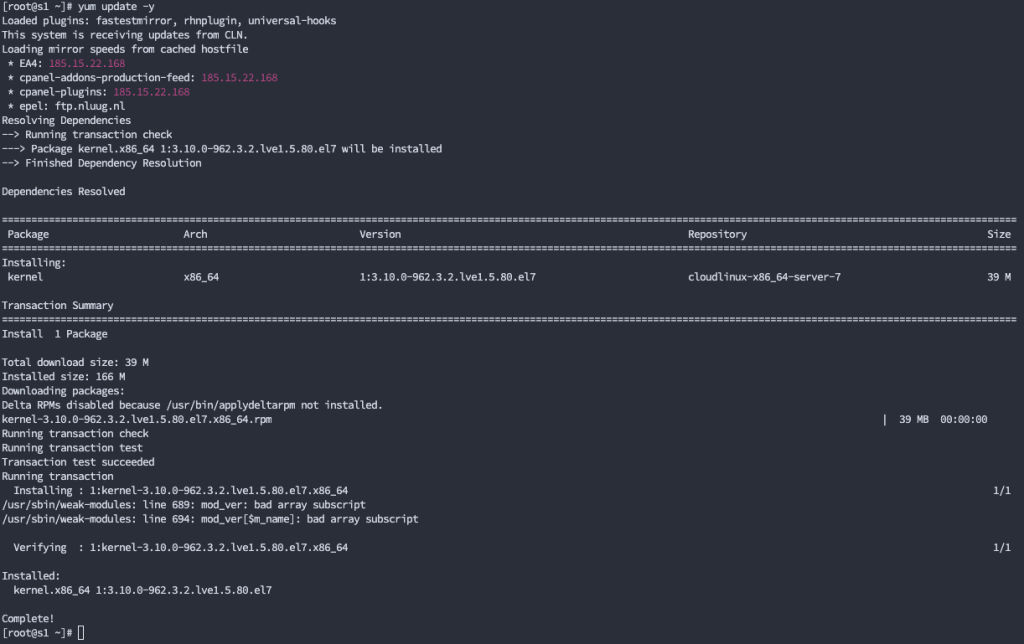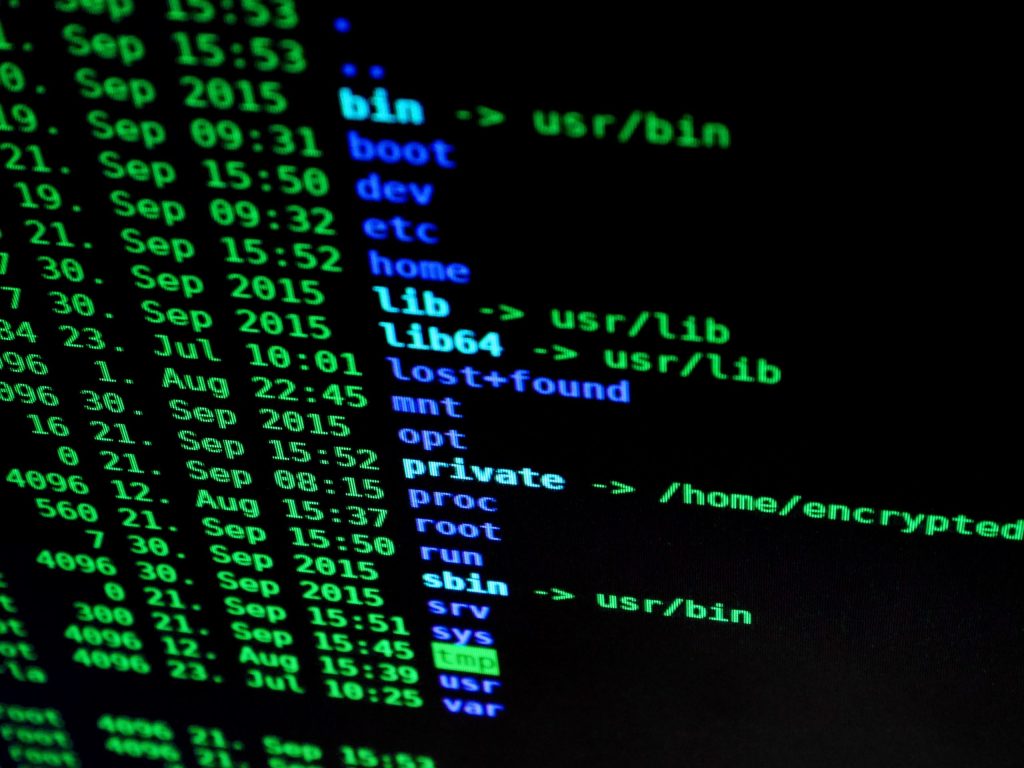In recent years, cloud hosting has emerged as a game-changer in the world of web hosting. As businesses strive to leverage the power of digital platforms, the need for reliable, scalable, and flexible hosting solutions has become paramount. Cloud hosting provides just that, offering a range of benefits that traditional hosting methods cannot match. In […]
A Step-by-Step Guide: Logging in with SSH on a Linux Server
Secure Shell (SSH) is a widely used network protocol that allows secure remote access to Linux servers. Logging in with SSH provides a secure and encrypted connection, enabling you to manage your server remotely. In this blog post, we will walk you through the process of logging in with SSH on a Linux server, ensuring […]
Check Disk Usage By File
To check which files or directories are using up space, you can identify which users or software on your server are using up space, for example when your disk is full. You can check the storage used per file or folder by executing the following command inside the folder of choice (for example /home) Showing […]
Differences between Bare Metal and Cloud Servers, which should I choose?
Bare metal servers offer performance and customization but are less scalable and more expensive. Cloud servers provide scalability and cost-efficiency but may have performance variations and data privacy concerns. Choose based on your needs and priorities.
Different Linux Distributions: Which One is Right for You?
This blog post explores various Linux distributions, such as Ubuntu, Debian, Fedora, CentOS, Arch Linux, openSUSE, Mint, and Elementary OS, highlighting their unique features and target audiences.
Step-by-step Guide to Updating and Patching your Linux Server
Introduction In the realm of server management, one of the most critical aspects is ensuring that your Linux server remains updated with the latest software patches and security fixes. Regular updates not only enhance the performance and stability of your server but also shield it from potential vulnerabilities. In this blog post, we will guide […]
Securing Your Linux Server: Essential Tips and Tools
Secure your Linux server with patching, strong user security, backups, and proactive monitoring using tools like Nixstats, Nagios, Zabbix, Datadog, or Prometheus.













